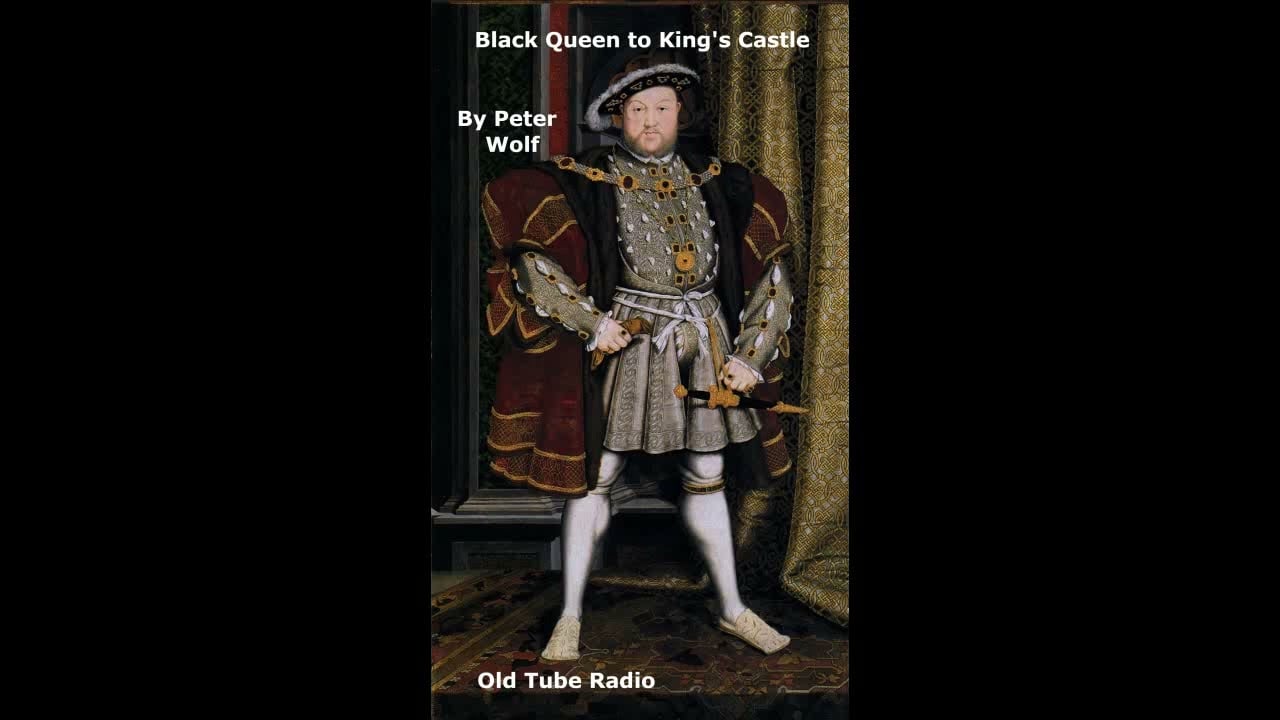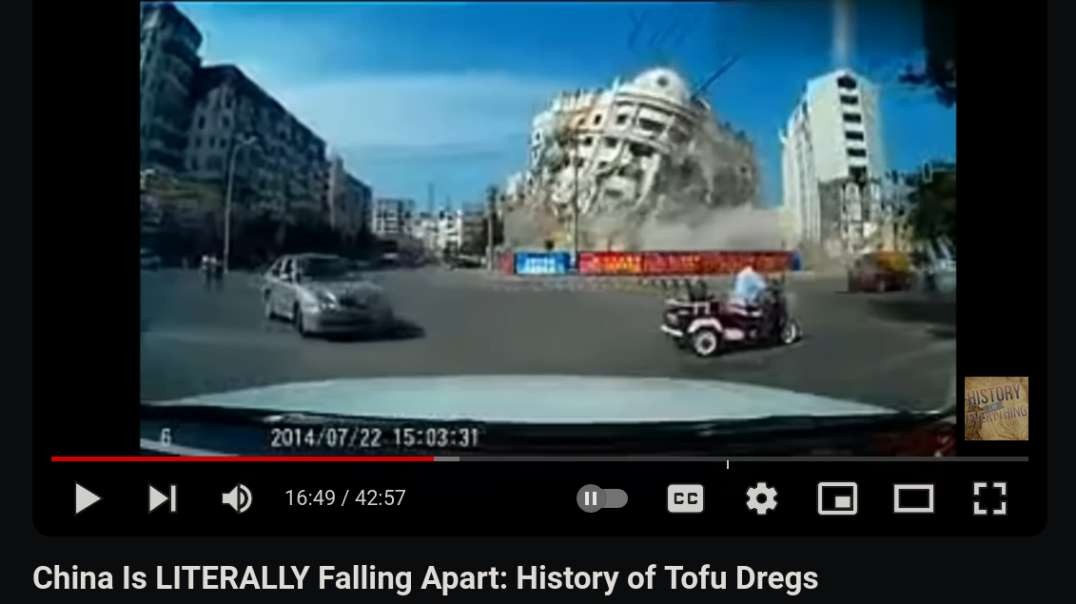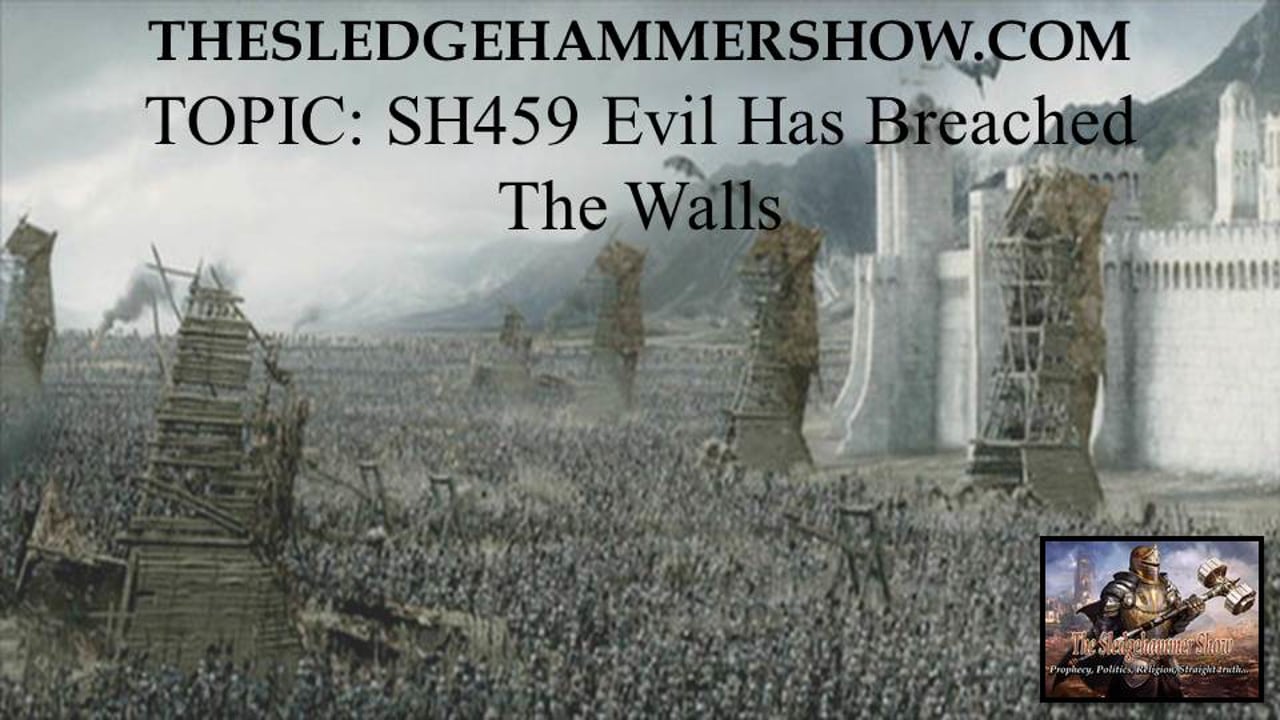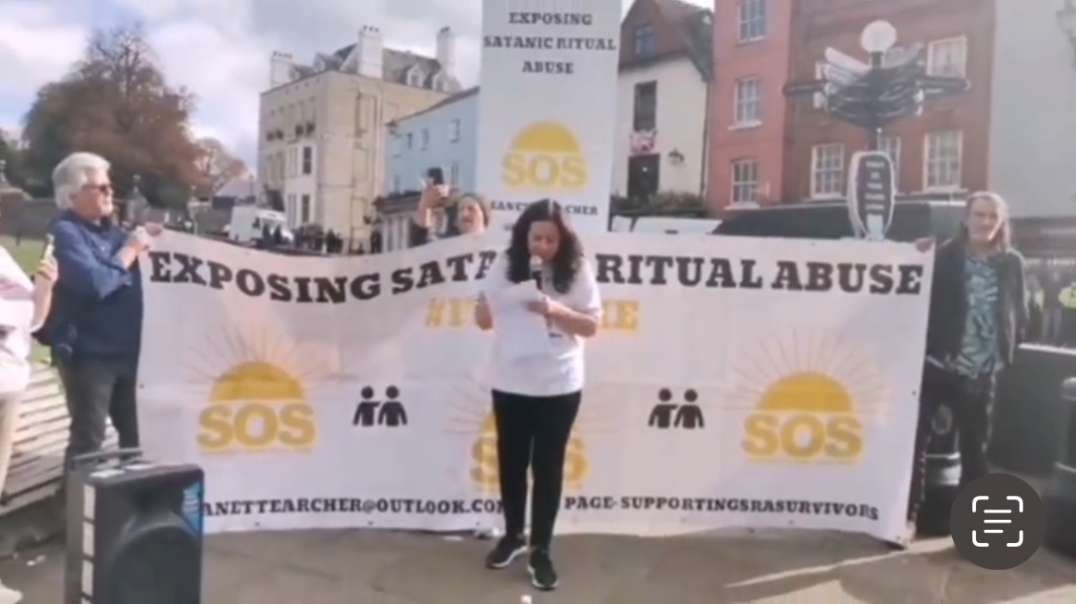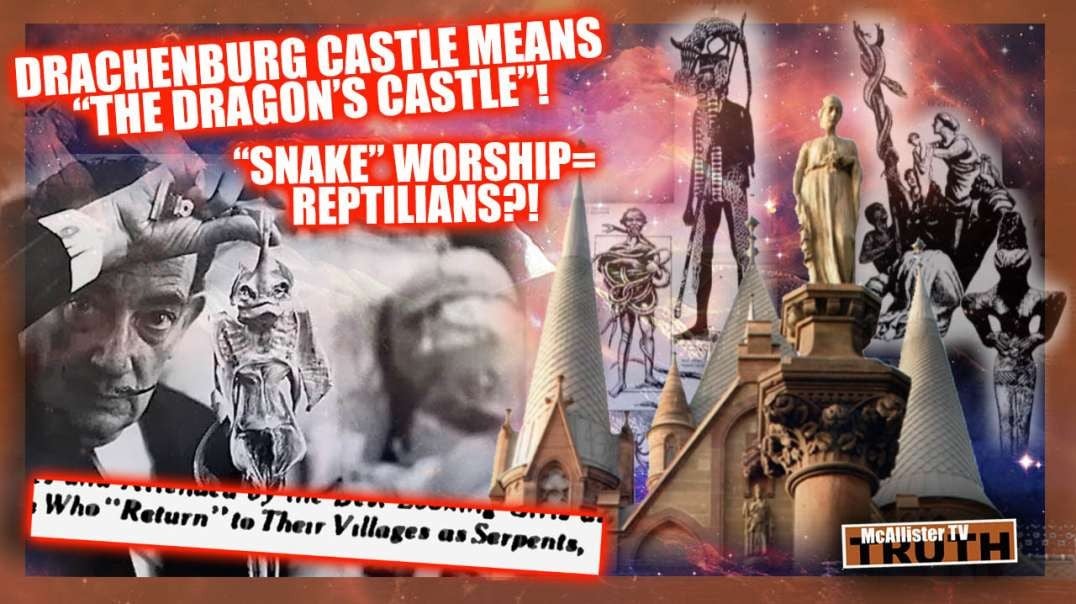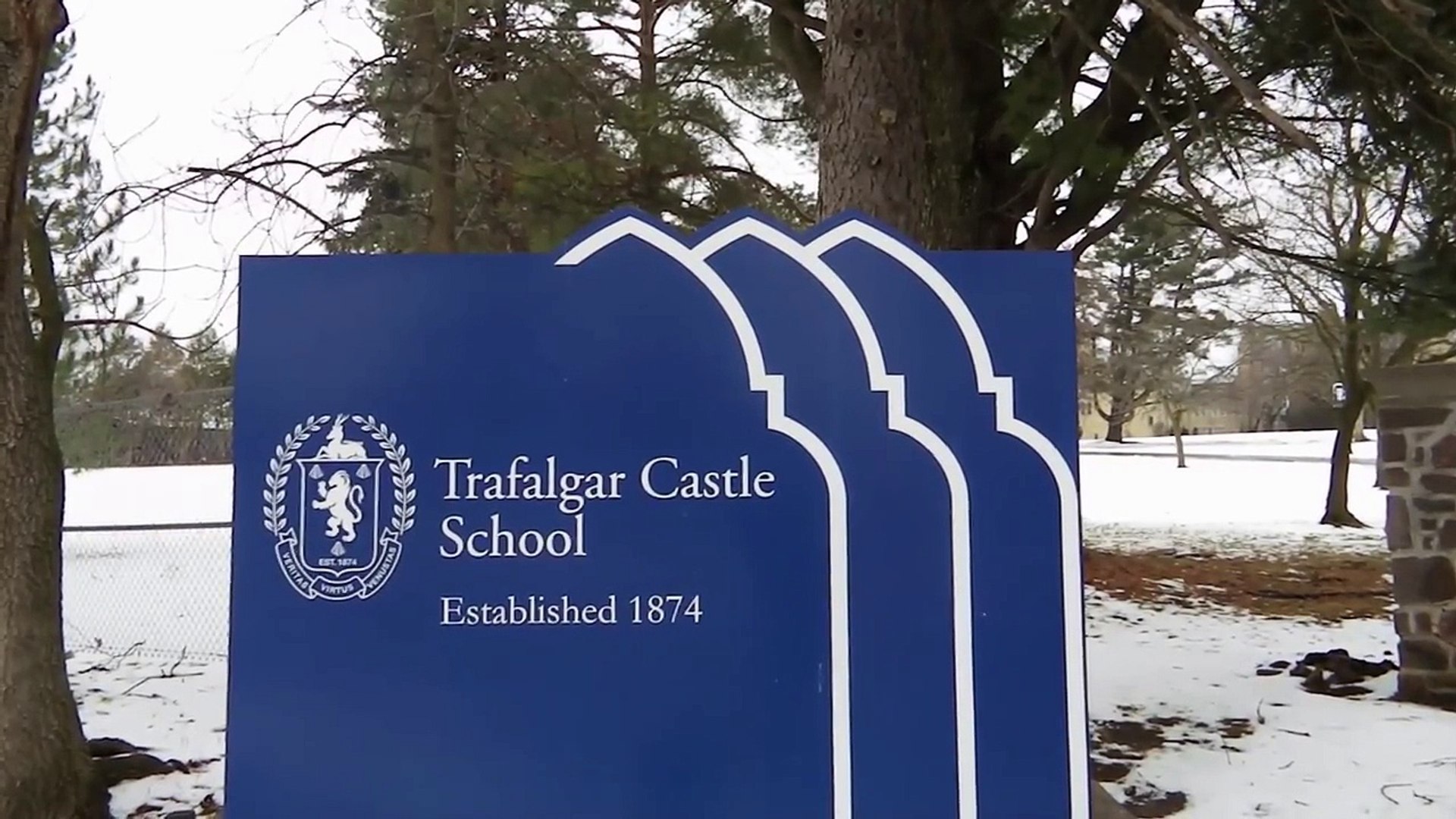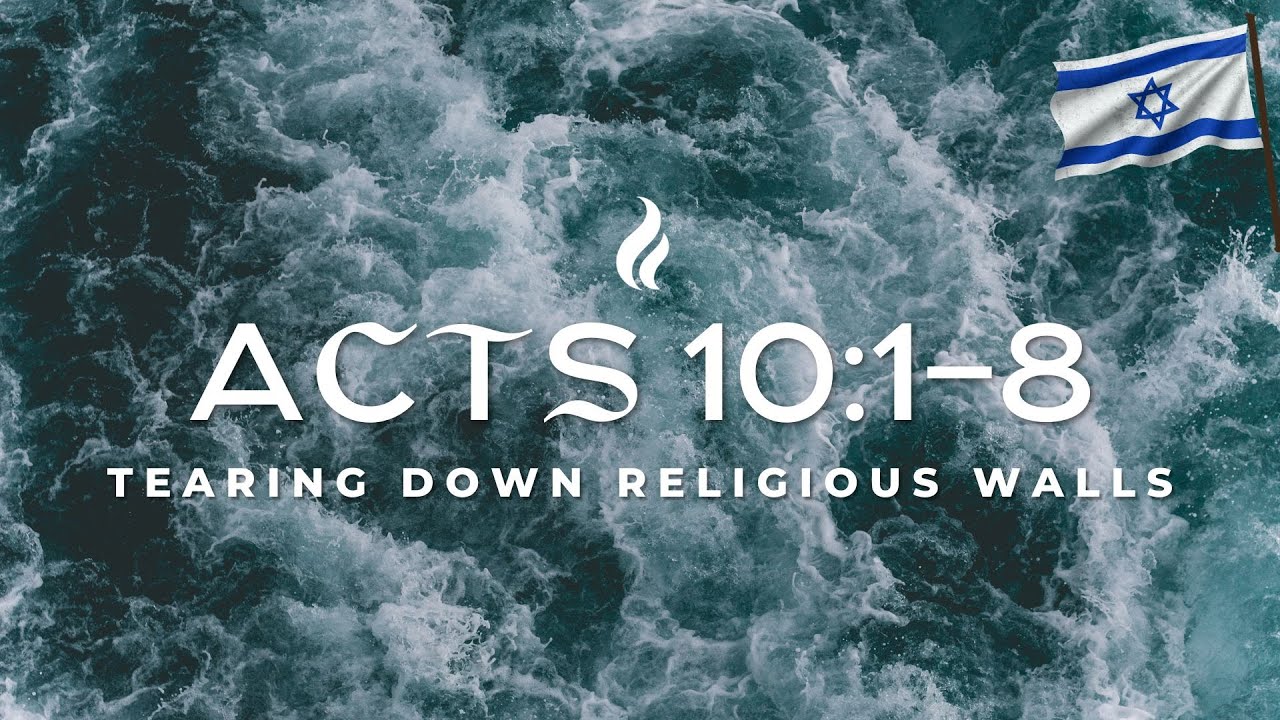The Crumbling Walls of Castle Dover
In this sermon, we’ll take up the from 1 Peter 2:18–25 as a whole, getting us to the end of the the chapter, then next Sunday, we will most likely circle back and take a closer look at the second half of this section, which really bears a close look.
In the late 90s, when I was just a wee lad, my family lived in England while my dad worked for the Royal Air Force in an officer exchange. Some of my favorite memories of our three years in the UK revolve around castles. In America, there’s virtually no such thing as a thousand-year-old structure. But in England and Scotland and Wales, you can visit many castles that are still standing from that long ago.
One of the most impressive castles was built by Henry II in 1180, today called Dover Castle. It was one of the most strategically important castles in England and is today the largest castle in the country.
During the First Barons’ War in 1216, some of the barons of England joined with King Louis VIII of France and attempted to overthrow King John of England, laying siege to Dover. Though they were ultimately unsuccessful, they nearly managed to take the castle by digging tunnels under some of the key defensive walls and then collapsing those tunnels.
This is actually where we get our word “undermining,” from Middle English in the 1300s. Undermining was originally a tactic to dig underneath a battlement or defensive wall and then collapse the tunnel, bringing down the structure with it. Attackers would undermine structures that were too solid to knock down with siege engines and catapults.
In our text today in 1 Peter, we run into a structure built into fallen human society that’s like that—a feature of fallen man that was too strong, too flinty and thick and well-defended to knock down by frontal assault in the 60s AD when Peter wrote his letter. Like many of the culturally acceptable evils of the time, it was an institution that seemed at the time to be invincible to attack.
I’m talking about slavery. As the apostle writes his letter to the saints in Asia Minor, many of those the Lord has saved and brought into his church are slaves. At the time Peter wrote, upwards of one in five, or about 12,000,000 people in Rome lived in slavery.
In our text this morning, Peter will address a group of Christians who bear the label oiketes, which is similar to the word doulos, another word for slave. Oiketes were household slaves, often skilled workers like doctors, teachers, musicians, and stewards—but these were no less slaves; they didn’t have rights or true freedom.
And we are this morning very likely to find Peter’s instruction to Christian household slaves to be somewhat shocking. You may wonder why the New Testament never cries out for the abolition of slavery, but instead calls slaves to humble submission to their masters—even explicitly, as we’ll see, to unjust masters!
Is the Bible pro-slavery? We’ll find it’s not that simple. We’ll find that the principles built into the leaven of the gospel, worked out to their logical end, radically dissolves the bonds that hold wicked institutions like slavery together. John Piper puts it like this, “The New Testament does not engage in a frontal attack on slavery, but a very powerful undermining of the roots of slavery…”
